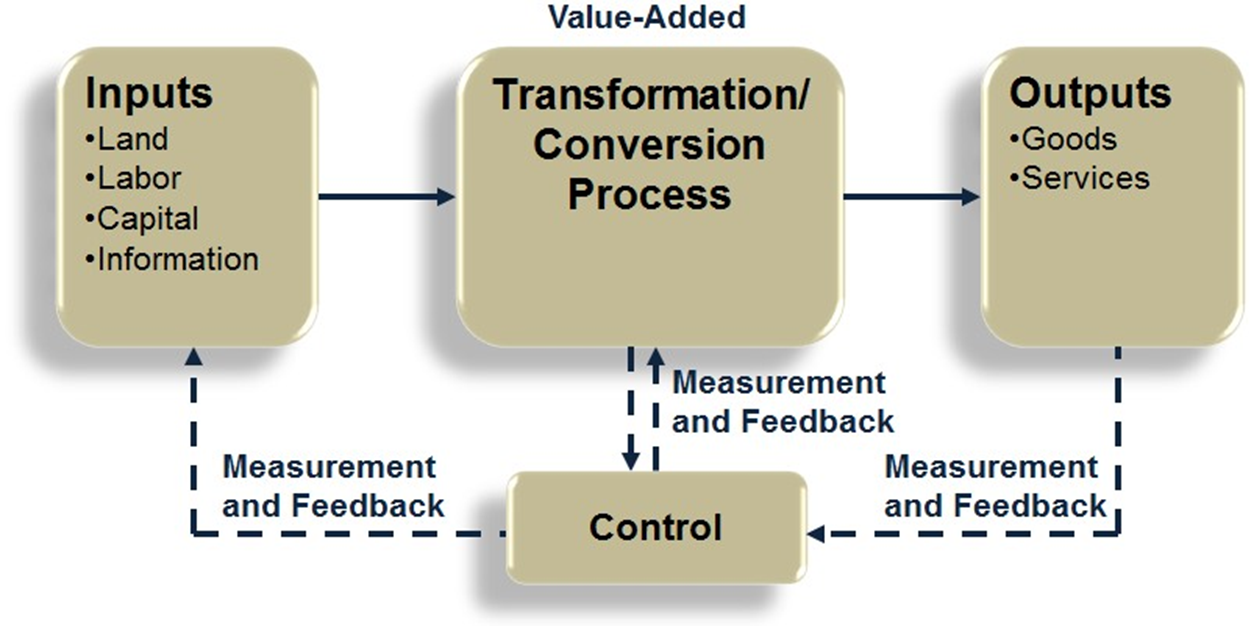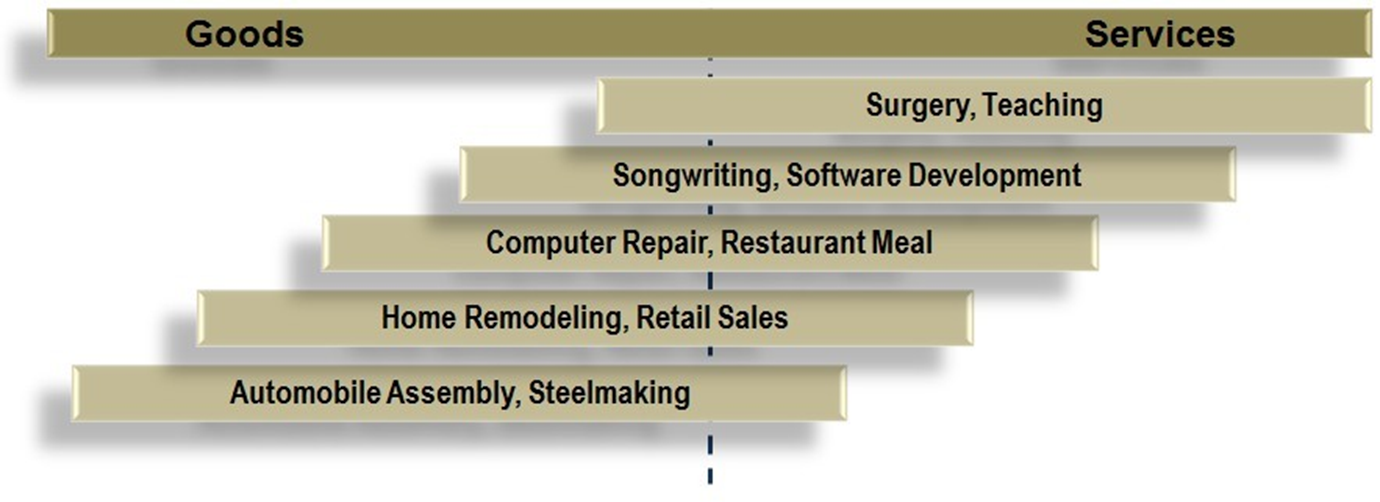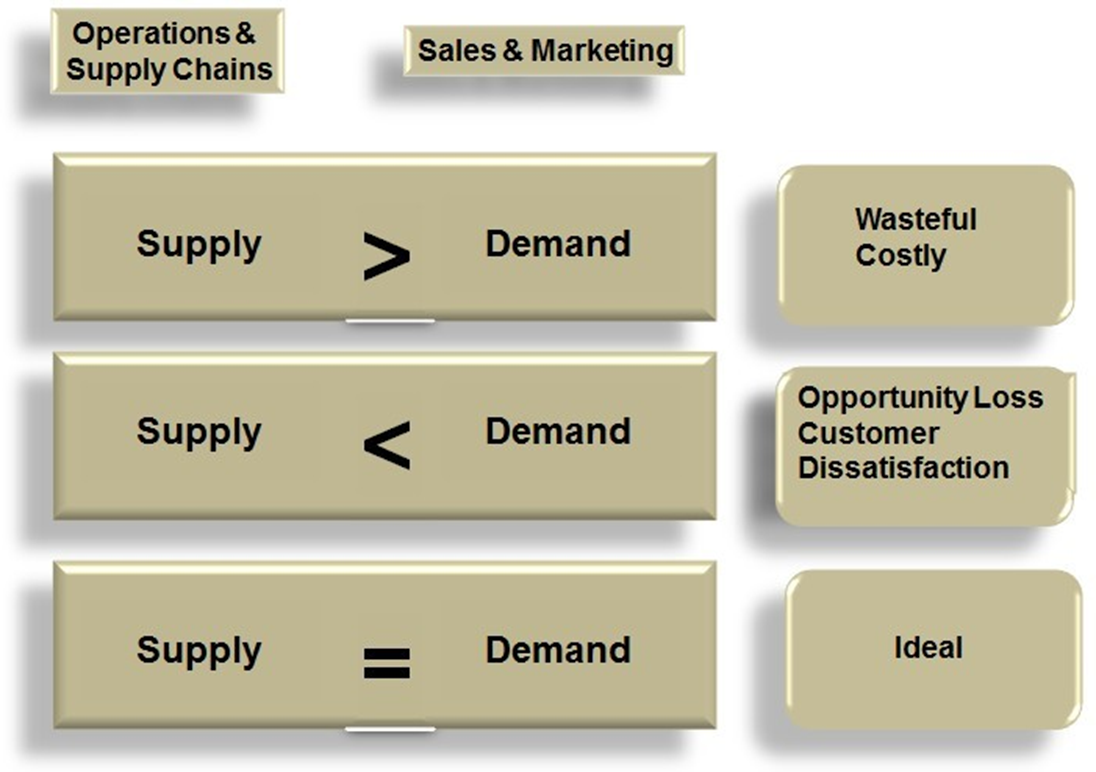[POM-TQM] Finals - (1) Introduction to Operations Management
1/62
There's no tags or description
Looks like no tags are added yet.
Name | Mastery | Learn | Test | Matching | Spaced |
|---|
No study sessions yet.
63 Terms
Operations
The part of a business organization that is responsible for producing goods or services
Operations Management
The management of systems or processes that create goods and/or provide services
Operations Management
A management function and an organizations core function
Operations Management
The business function responsible for planning, coordinating, and controlling the resources needed to produce products and services for a company
Goods
These are physical items that include raw materials, parts, subassemblies, and final products
Services
These are activities that provide some combination of time, location, form or psychological value
Supply Chain
It is a sequence of activities and organizations involved in producing and delivering a good or service
The Transformation Process

Feedback
Measurements taken at various points in the transformation process
Control
The comparison of feedback against previously established standards to determine if corrective action is needed
Goods-Service Continuum
Products are typically neither purely service- or purely goods-based

Basic Functions of the Business Organization

Finance and Operations
• Budgeting
• Economic analysis of investment proposals
• Provision of funds
Marketing and Operations
• Demand data
• Product and service design
• Competitor analysis
• Lead time data
Process
This consists of one or more actions that transform inputs into outputs
Three Categories of Business Processes
Upper-management processes
Operational processes
Supporting processes
Upper-management Processes
These govern the operation of the entire organization
Operational Processes
These are core processes that make up the value stream
Supporting Processes
These support the core processes
Supply and Demand

Four Sources of Variation
Variety of goods or services being offered
Structural variation in demand
Random variation
Assignable variation
Variety of Goods or Services Being Offered
The greater the variety of goods and services offered, the greater the variation in production or service requirements.
Structural Variation in Demand
These are generally predictable. They are important for capacity planning.
Random Variation
Natural variation that is present in all processes. Generally, it cannot be influenced by managers.
Assignable Variation
Variation that has identifiable sources. This type of variation can be reduced, or eliminated, by analysis and corrective action.
Scope of Operations Management
Forecasting
Capacity planning
Locating facilities
Facilities and layout
Scheduling
Managing inventories
Assuring quality
Motivating employees
And more . . .
Operations Function
This consists of all activities directly related to producing goods or providing services
Role of the Operations Manager
To guide the system by decision making.
System design decisions
System operation decisions
System Design
These are typically strategic decision that usually require a long-term commitment of resources to determine the parameters of system operation
Capacity
Facility location
Facility layout
Product and service planning
Acquisition and placement of equipment
System Operations
These are generally tactical and operational decisions.
Management of personnel
Inventory management and control
Scheduling
Project management
Quality assurance
Keys to successfully using a model in decision making
What is its purpose?
How is it used to generate results?
How are the results interpreted and used?
What are the model’s assumptions and limitations?
Benefits of Models
Generally easier to use and less expensive than dealing with the real system
Require users to organize and sometimes quantify information
Increase understanding of the problem
Enable managers to analyze “What if?” questions
Serve as a consistent tool for evaluation and provide a standardized format for analyzing a problem
Enable users to bring the power of mathematics to bear on a problem
Quantitative Approaches
A decision-making approach that frequently seeks to obtain a mathematically optimal solution
Supported by computer calculations
Often work together with qualitative approaches
System
It is a set of interrelated parts that must work together
The business organization is a system composed of subsystems
Marketing subsystem
Operations subsystem
Finance subsystem
Systems Perspective
Emphasizes interrelationships among subsystems
Main theme is that the whole is greater than the sum of its parts
The output and objectives of the organization take precedence over those of any one subsystem
Pareto Phenomenon
A few factors account for a high percentage of occurrence of some event(s)
The critical few factors should receive the highest priority
This is a concept that is appropriately applied to all areas and levels of management (80/20 rule)
Industrial Revolution
A major change occurred that gave the Industrial Revolution a boost: the development of standard gauging systems; steam engine
Scientific management
Human relations movement
Decision models and management science
Influence of Japanese manufacturers
Craft Production
System in which highly skilled workers use simple, flexible tools to produce small quantities of customized goods
Industrial Revolution
Began in England in the 1770s
Division of Labor
Adam Smith, 1780s
Application of the “rotative” steam engine
1780s
Cotton gin and interchangeable parts
Eli Whitney, 1792
Scientific Management
Movement was led by efficiency engineer, Frederick Winslow Taylor
Scientific Management
Believed in a “science of management” based on observation, measurement, analysis and improvement of work methods, and economic incentives
Management is responsible for planning, carefully selecting and training workers, finding the best way to perform each job, achieving cooperation between management and workers, and separating management activities from work activities
Emphasis was on maximizing output brought widespread changes to the management of factories.
Franck Gilbert
Pioneers contributed to the movement who is often referred to as the father of motion study
Henry Gantt
He recognized the value of nonmonetary rewards to motivate worker and developed the widely used system for scheduling, called Gantt charts
Henry Ford
The great industrialist, employed scientific management techniques in his factories, & introduced the moving assembly line, which had a tremendous impact in the production methods in many industries
He also introduced the mass production to automotive industry; division of labor which paves the way for human relations movement
Human Relations Movement
This emphasized the importance of the human element in job design
Lillian Gilberth
Applications of Psychology
Elton Mayo
He conducted studies in Hawthorn on worker motivation, 1930
Abrahan Maslow
Motivation theory, 1940s; Hierarchy of needs, 1954
Fredrick Hertzberg
Two factor theory, 1959
Douglas McGregor
Theory X and Theory Y, 1960s - represented the two ends of the spectrum of how employees view work
William Ouchi
Theory Z, combined Japanese approach and the traditional approach, 1981
FW Harris
Mathematical model for inventory management, 1915
Dodge, Romig, and Shewart
Statistical procedures for sampling and quality control, 1930s
Tippett
Statistical sampling theory, 1935
Operations Research (OR) Groups
OR applications in warfare
George Dantzig
Linear programming, 1947
Influence of Japanese Manufacturers
Refined and developed management practices that increased productivity
Credited with fueling the “quality revolution”
Just-in-Time production
Key Issues for Operations Managers Today
Economic conditions
Innovating
Quality problems
Risk management
Cyber-security
Competing in a global economy
Sustainability
Using resources in ways that do not harm ecological systems that support human existence
Sustainability Measures
Sustainability measures often go beyond traditional environmental and economic measures to include measures that incorporate social criteria in decision making